Samsung Galaxy Watch 8 vs. Galaxy Watch 7
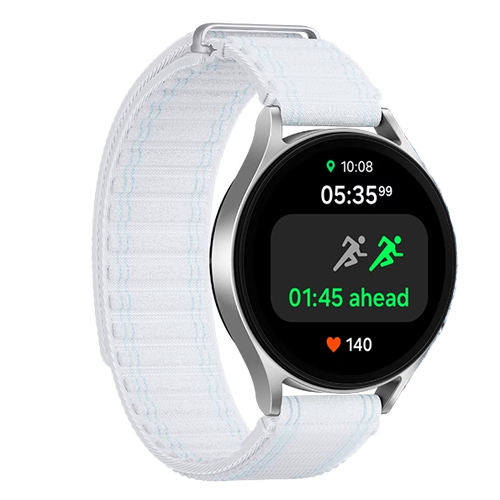
New for 2025
The Galaxy Watch 8 is expected to follow the similar design of the Watch 7, but hopefully, it will come with newer health monitoring features, fresh interface, and perhaps even Gemini. Pricing is expected to be the same too, which could make it the best Samsung watch to get this year.
For
- Multiple sizes with Wi-Fi and LTE options (rumored)
- Sturdy and well built
- Bright AMOLED display
- Water and dust resistant
- Should have the latest One UI Watch software
Against
- Design is starting to feel stale
- Only incremental battery upgrade (reported)
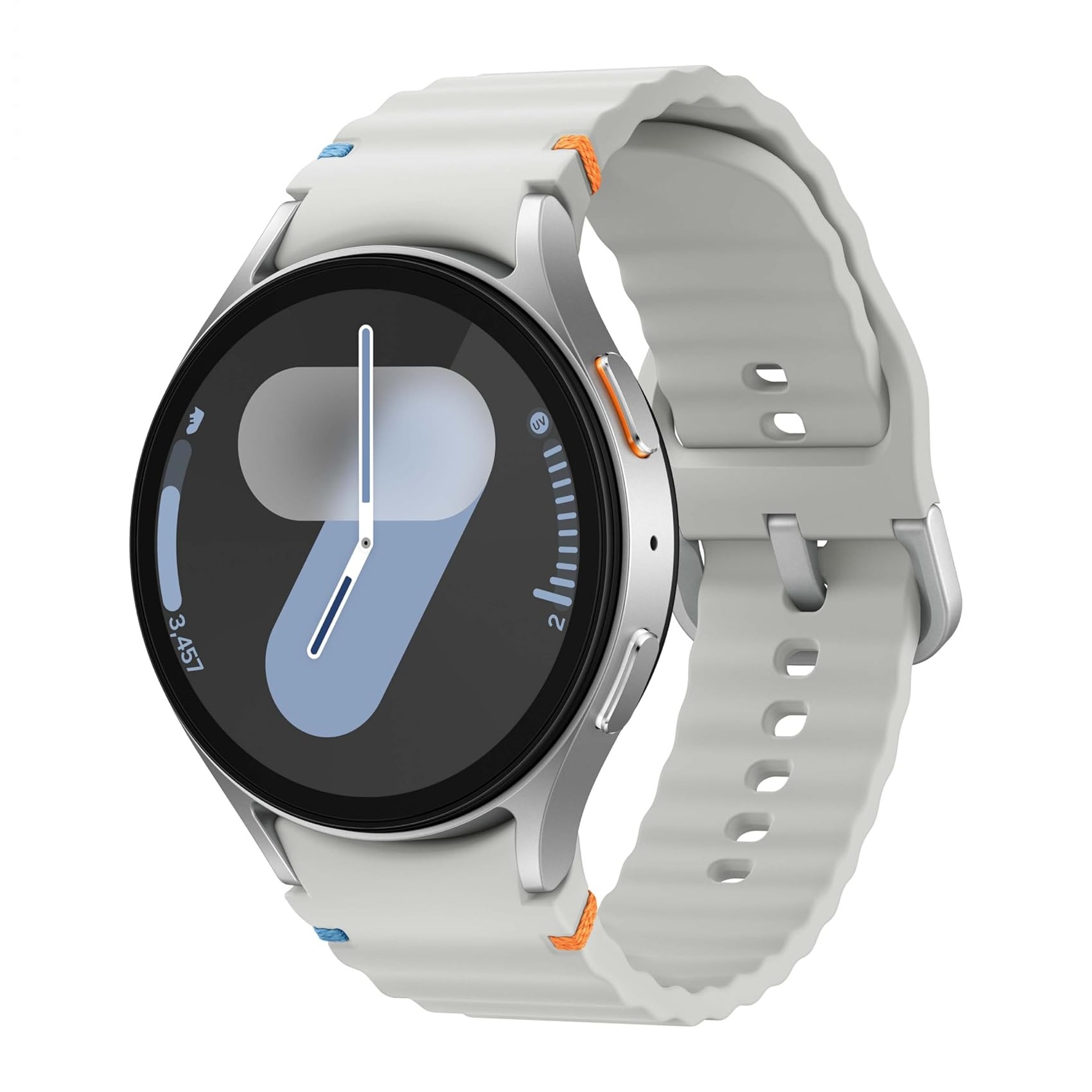
Still great
Samsung has made a bunch of improvements under the hood of the Galaxy Watch 7 that make the usage experience and health tracking much better. It doesn’t hurt that it’s also more affordable. With the Watch 8 taking its place, you should be able to find some great deals on it too.
For
- More power-efficient processor is faster and easy on the battery
- More accurate heart rate tracking
- New health tracking features are very useful
- Priced really well
Against
- Incompatible with Samsung’s Wireless Power Share feature in its phones
- Gestures can be finicky at times
We see a wave of new tech gadgets every year, sometimes revolutionary but most times just evolutionary. Samsung has gotten into the latter rhythm over the past few years with incremental updates for its most popular tech products, like phones and wearables. This year, we’ll most likely be seeing the Galaxy Watch 8 launch, maybe around July, like in 2024. The Galaxy Watch 8 vs. Galaxy Watch 7 question is a valid one, as Samsung has made significant changes to the Watch 7. So, what’s in store for the Watch 8?
The Galaxy Watch 8 will no doubt be one of the best Samsung smartwatches of 2025, but if you’re a Watch 7 owner, should you consider upgrading? As of writing this, Samsung hasn’t officially announced the Watch 8, so we’re essentially comparing the rumored specs and features to the Watch 7.
Samsung Galaxy Watch 8 vs. Galaxy Watch 7: Design
Why you can trust Android Central
Our expert reviewers spend hours testing and comparing products and services so you can choose the best for you. Find out more about how we test.
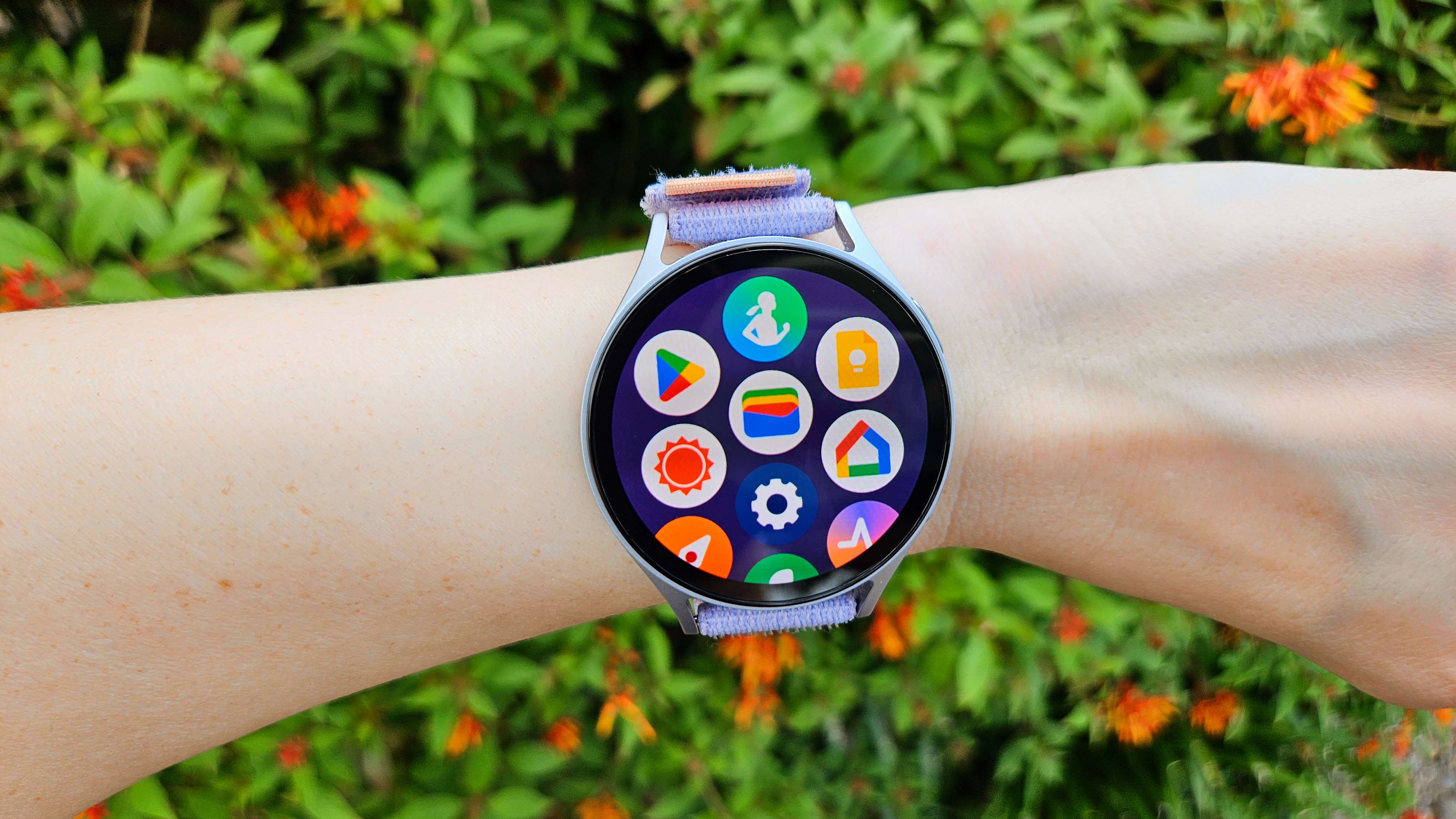
We don’t have any leaked images of the Samsung Galaxy Watch 8 just yet, so we’re going to assume it won’t look all that different than the Galaxy Watch 7. Early rumors suggested that Samsung might adopt a squircle design, similar to the Galaxy Watch Ultra, but we believe it will stick to its circular design. There could be a few design tweaks, changes to textures, and new colors, but it should look more or less the same.
In terms of variants, the Galaxy Watch 8 should come in two sizes of 40mm and 44mm, each having Wi-Fi and LTE options. The screen sizes should also be 1.3 and 1.5 inches, just like the Watch 7. The Watch 8 could get a brighter AMOLED display, as this is one spec that’s easy to tweak going into a new generation.
One way of differentiating the Galaxy Watch 8 from the Watch 7 would be through colors. We’ll most certainly have a few exclusive shades for the casing and straps. The mounting bracket should be backward compatible with the Watch 7, so you’ll be able to reuse older straps.
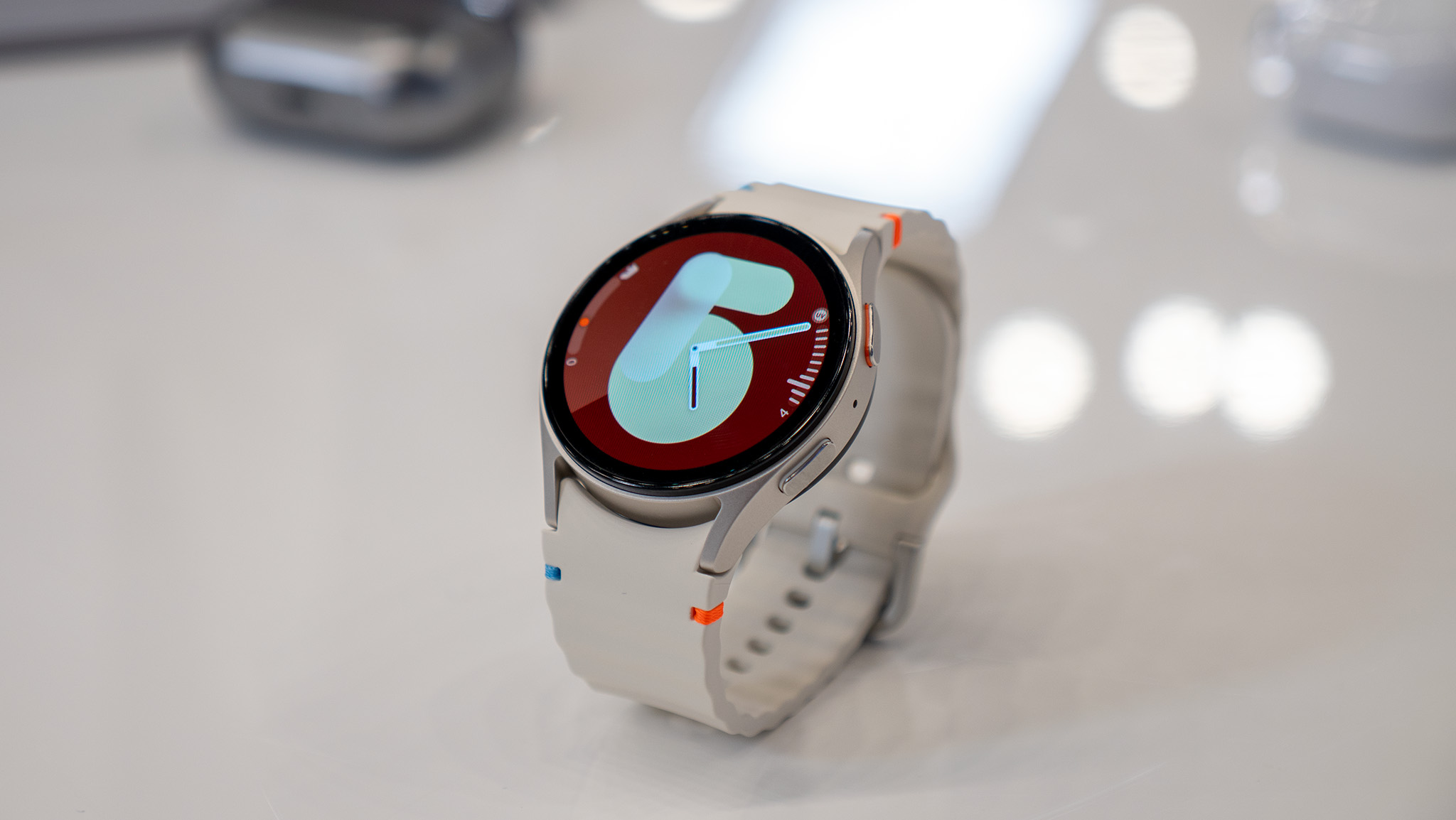
The Samsung Galaxy Watch 7 comes in a 40mm model with a 1.3-inch Super AMOLED display and a 44mm model with a 1.5-inch Super AMOLED display. Samsung has gone with Sapphire Crystal for scratch protection, which is the same material we should expect on the Watch 8, too.
The Galaxy Watch 7’s display has a peak brightness of up to 2,000 nits, which is the same as that on the older Watch 6. In daily use, we found the screen to be crisp and highly legible even under direct sunlight. The Galaxy Watch 7 comes with a sports band that matches the color of the watch’s casing. You can mix and match the strap type and colors via Samsung.com, though.
Samsung Galaxy Watch 8 vs. Galaxy Watch 7: Specs and hardware
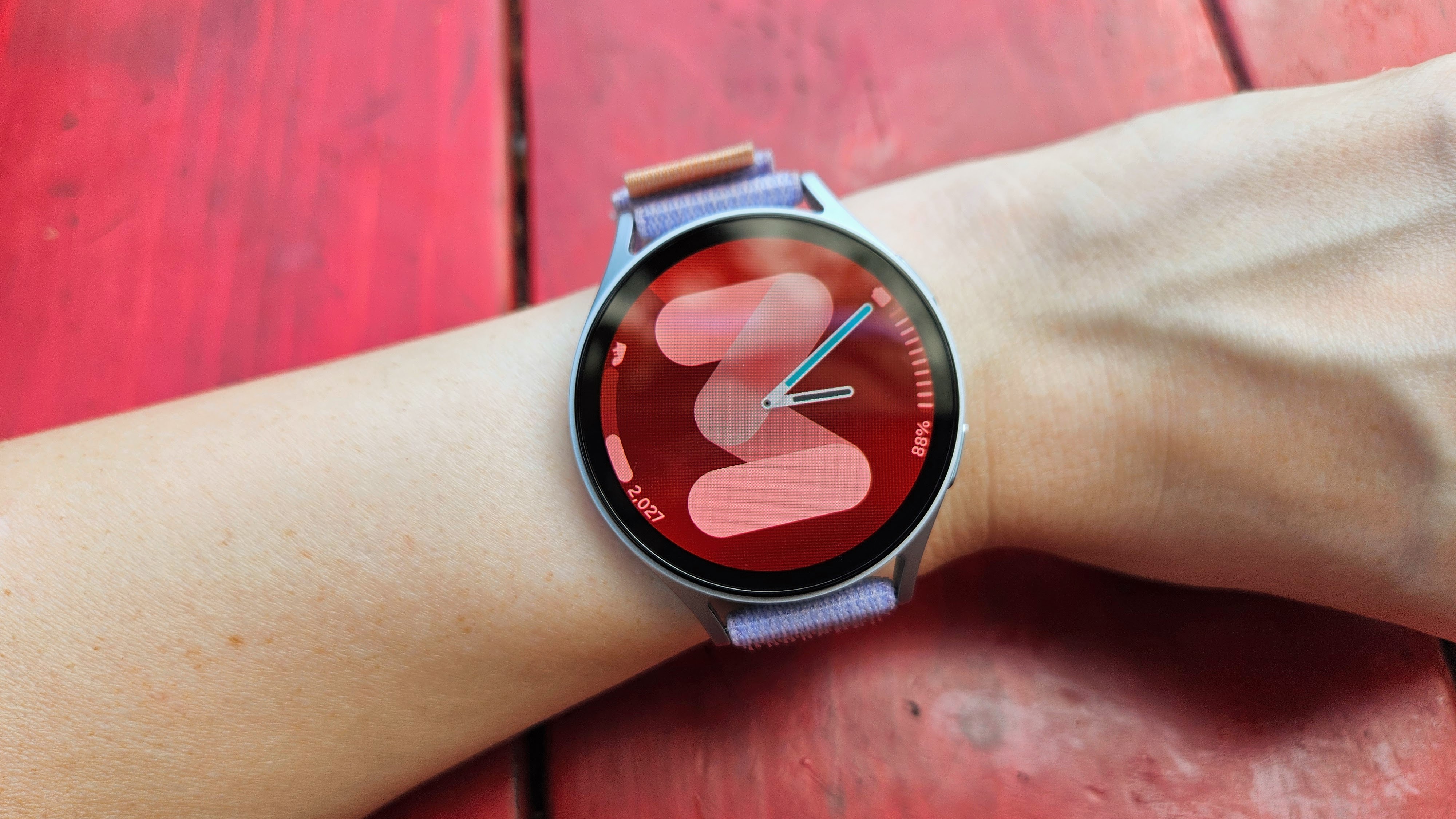
We’re expecting the Galaxy Watch 8 to come in at the same price as the Watch 7, which is $299.99 for the 40mm model with Wi-Fi. The 44mm model should start at $329.99, and add another $50 for the LTE variants. There is no evidence yet to suggest that prices will increase, even with the heavy tariffs being imposed by the U.S. on other countries.
The Galaxy Watch 7 came with a newer Exynos W1000 chip, and we expect Samsung to stick with the same one this year. It’s not uncommon for the company to reuse its processors across generations. Having said that, the Watch 8 could always make the switch and debut Qualcomm’s second-generation Snapdragon W5 chip, which is said to be better at handling advanced AI functionality. Perhaps this is one way Samsung gets Gemini to run on its watches.
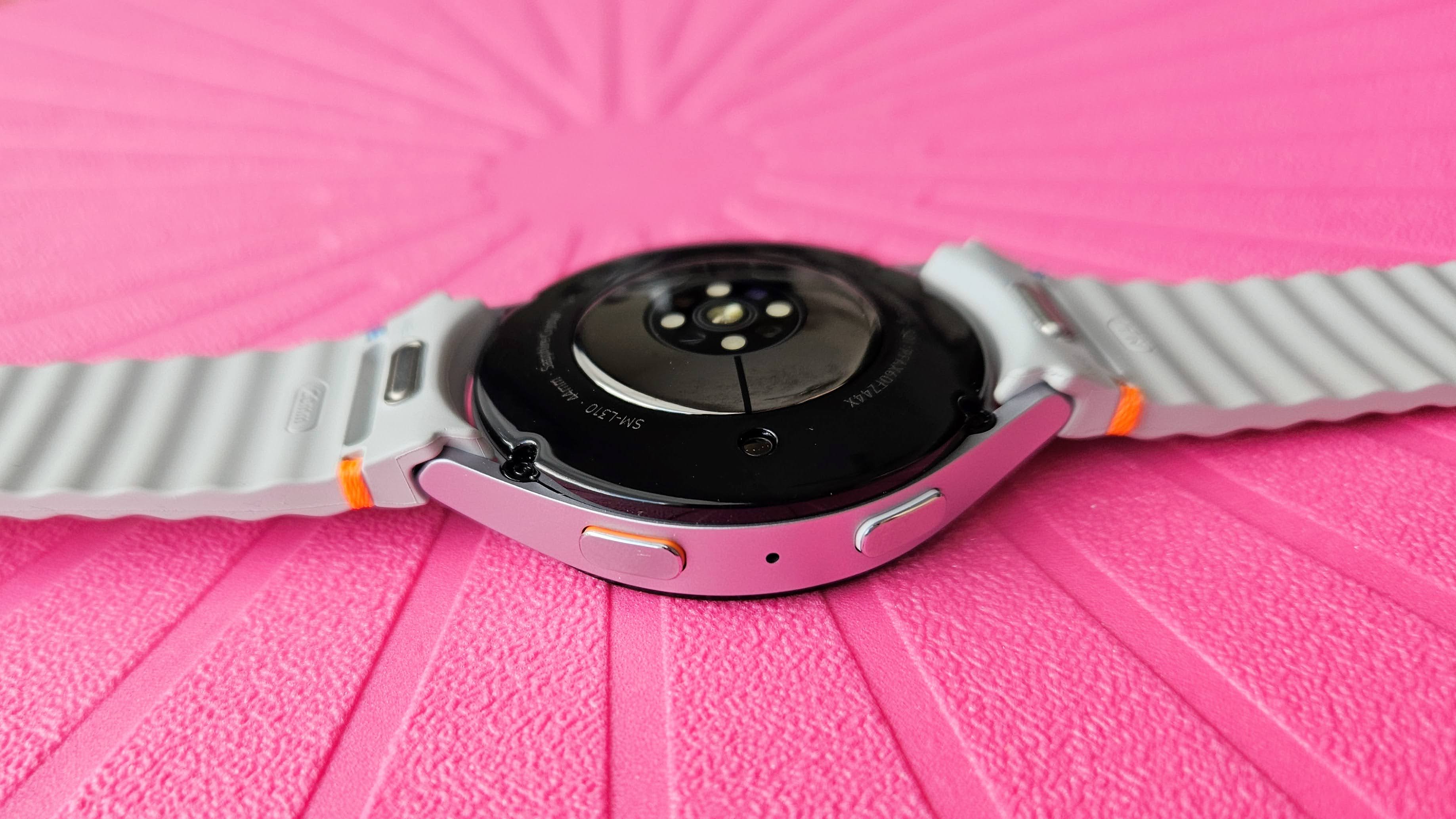
As for the rest of the specs, we expect it to be similar to the Watch 7. The Galaxy Watch 8 should come with 2GB of RAM, at least 32GB of storage, dual-band GPS, IP68 dust and water resistance, and a MIL-STD-810H rating for toughness.
It should also have the same rejigged BioActive sensor that debuted with the Watch 7 for advanced health monitoring like the AGEs Index. We could see some new health metric tracking with the Watch 8, to give it some exclusivity. Blood glucose and diabetes monitoring are two things Samsung is working on, which could launch with the Watch 8.
The Galaxy Watch 8 is expected to have a similar battery life to the Watch 7. For now, we only have reports claiming that the 44mm model will have a 435mAh battery, which is just 10mAh more than the Watch 7. Samsung estimates a 40-hour runtime for the Watch 7, which is expected to carry over to the Watch 8 as well.
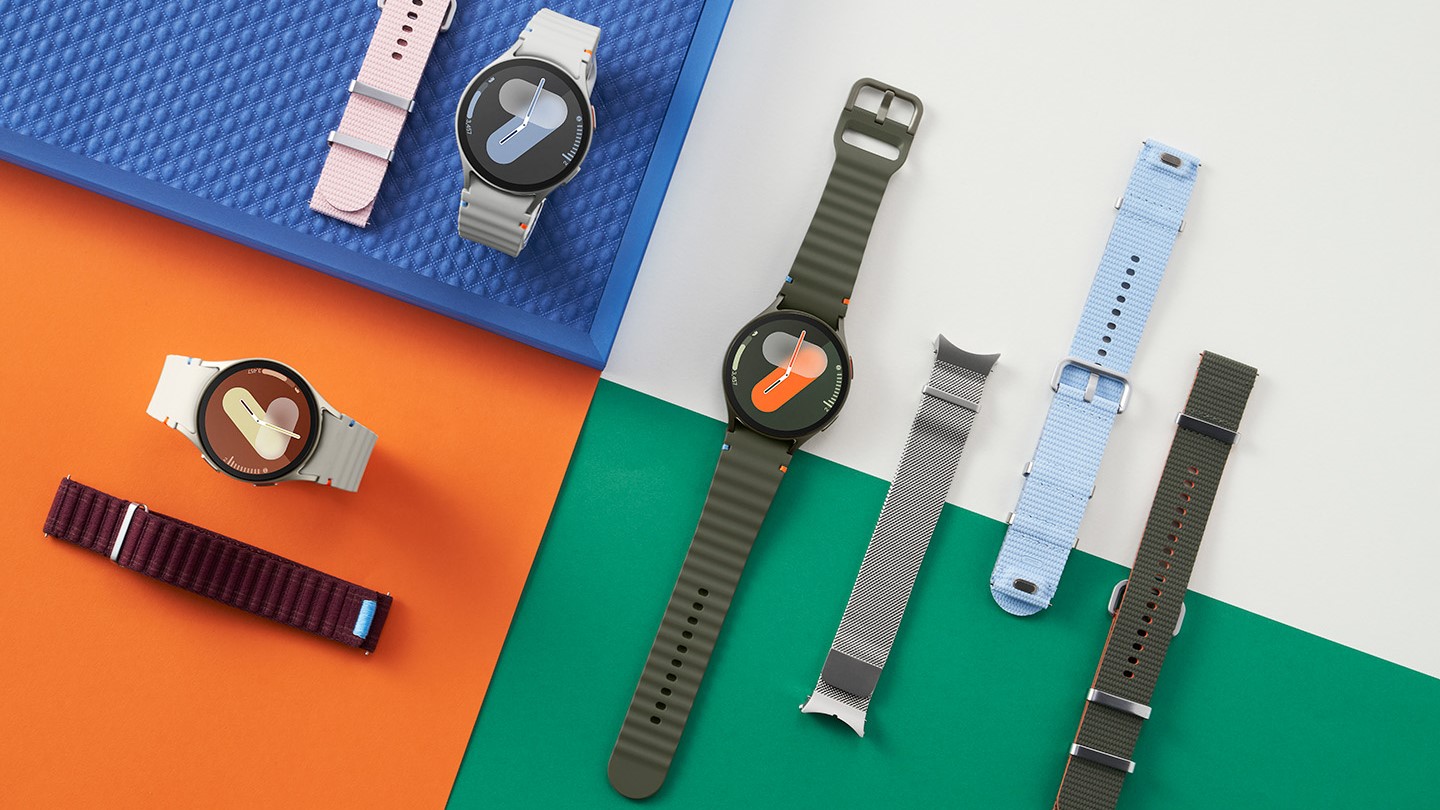
The Galaxy Watch 7 has 2GB of RAM and 32GB of storage, an IP68 rating, and MIL-STD-810H certification. The new addition is Samsung’s improved BioActive Sensor, which is capable of more accurate health and fitness tracking thanks to the redesign of the LED sensors. The glass dome underneath the watch is also more pronounced, so it makes better skin contact.
The downside to this design is that the Watch 7 loses its ability to be charged wirelessly on the back of a Samsung phone with reverse wireless charging capability. The charging puck has also been specially redesigned, which means the Watch 7 won’t fast-charge effectively on older Galaxy Watch chargers.
The Samsung Galaxy Watch 7 has a 300mAh or 425mAh battery capacity and supports WPC-based fast charging. In our review, the 44mm variant lasted two days with the AOD (always-on display) disabled, which we think is pretty decent.
|
Category |
Samsung Galaxy Watch 8 (rumored/expected) |
Samsung Galaxy Watch 7 |
|---|---|---|
|
Display |
40mm (1.3-inch, 432×432) or 44mm (1.5-inch, 480×480) Super AMOLED display |
40mm (1.3-inch, 432×432) or 44mm (1.5-inch, 480×480) Super AMOLED display |
|
Protection |
Sapphire Crystal glass,5ATM, IP68, MIL-STD-810H |
Sapphire Crystal glass,5ATM, IP68, MIL-STD-810H |
|
Materials |
Armor Aluminum case |
Armor Aluminum case |
|
Connectivity |
Bluetooth 5.3, Wi-Fi 2.4/5GHz, NFC, LTE (optional), GPS, Galileo, Glonass |
Bluetooth 5.3, Wi-Fi 2.4/5GHz, NFC, LTE (optional), GPS, Galileo, Glonass |
|
Sensors |
Samsung BioActive Sensor (Optical Bio-signal sensor+ Electrical Heart Signal + Bioelectrical Impedance Analysis), Temperature Sensor, Accelerometer, Barometer, Gyro Sensor, Geomagnetic Sensor, Light Sensor |
Samsung BioActive Sensor (Optical Bio-signal sensor+ Electrical Heart Signal + Bioelectrical Impedance Analysis), Temperature Sensor, Accelerometer, Barometer, Gyro Sensor, Geomagnetic Sensor, Light Sensor |
|
Battery |
310mAh/435mAh |
300mAh/425mAh |
|
Charging |
Fast charging (WPC-based wireless) |
Fast charging (WPC-based wireless) |
|
RAM/ storage |
2GB/ 32GB |
2GB/ 32GB |
|
OS |
One UI Watch 7 (Wear OS 6) |
One UI Watch 6 (Wear OS 5) |
Samsung Galaxy Watch 8 vs. Galaxy Watch 7: Features
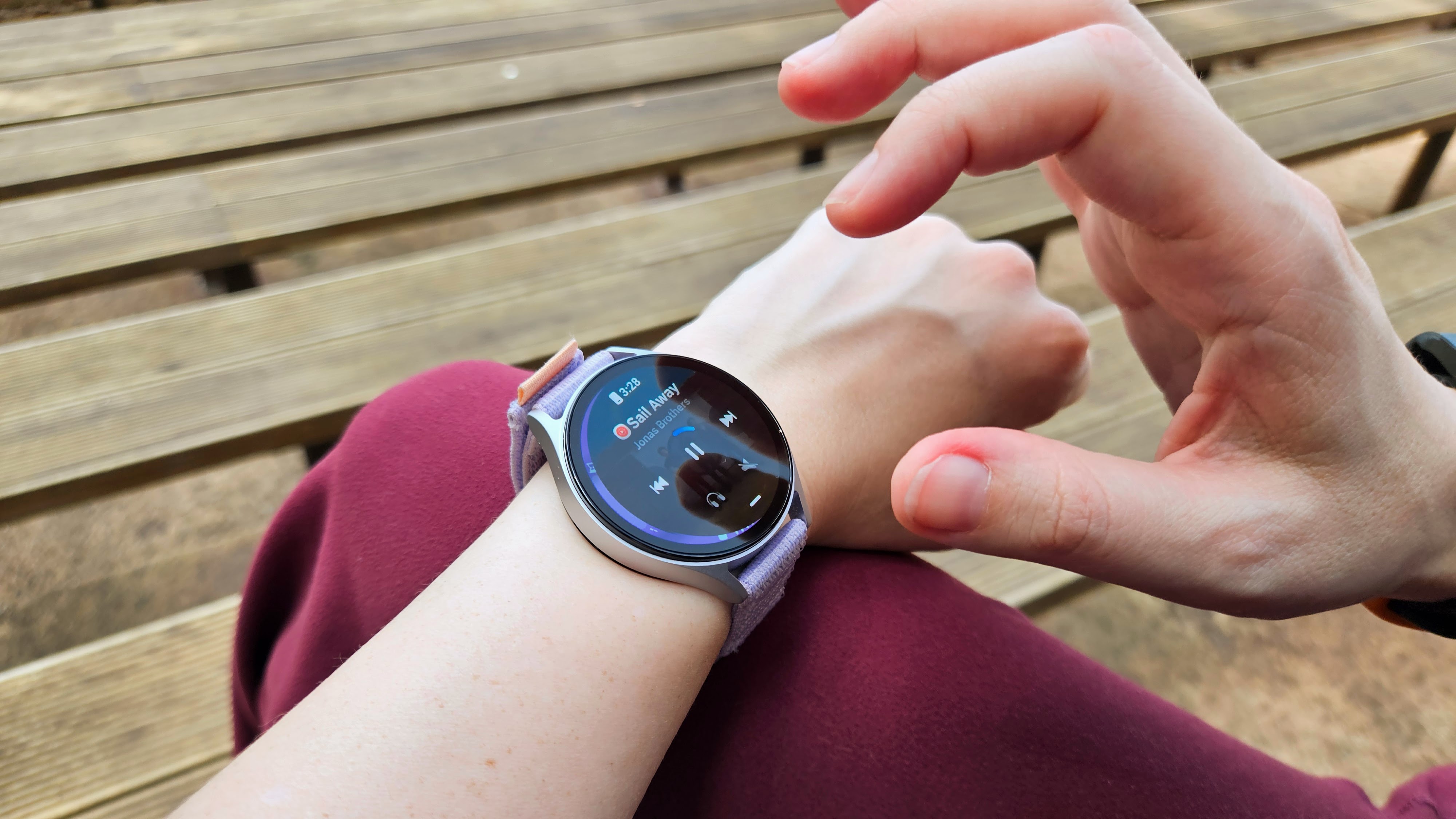
If Samsung follows the same launch timeline as 2024 for the Galaxy Watch 8, it could be one of the first smartwatches to launch with Wear OS 6. This would also mean we get a new One UI 7 Watch version with similar design themes to the One UI 7 on Samsung’s phones.
We don’t know what new features will be added, but we should get a pretty good idea by Google I/O 2025, where many of the new features will likely be demoed. Google announced that Google Assistant will finally be replaced by Gemini on watches too, although it’s unclear what nano version of Gemini can run on just 2GB of RAM.
One thing’s for sure: Samsung will add some sort of exclusive health and fitness tracking features that are not available on the Watch 7. These features could eventually come to it through a software update, but Samsung will want some exclusivity for the Watch 8 for at least the first few months in order to drive sales.
The Watch 7 was already great at sleep tracking and sleep apnea monitoring, so it’ll be interesting to see how these features are improved in the new model.
Samsung Galaxy Watch 8 vs. Galaxy Watch 7: Which one should you buy?
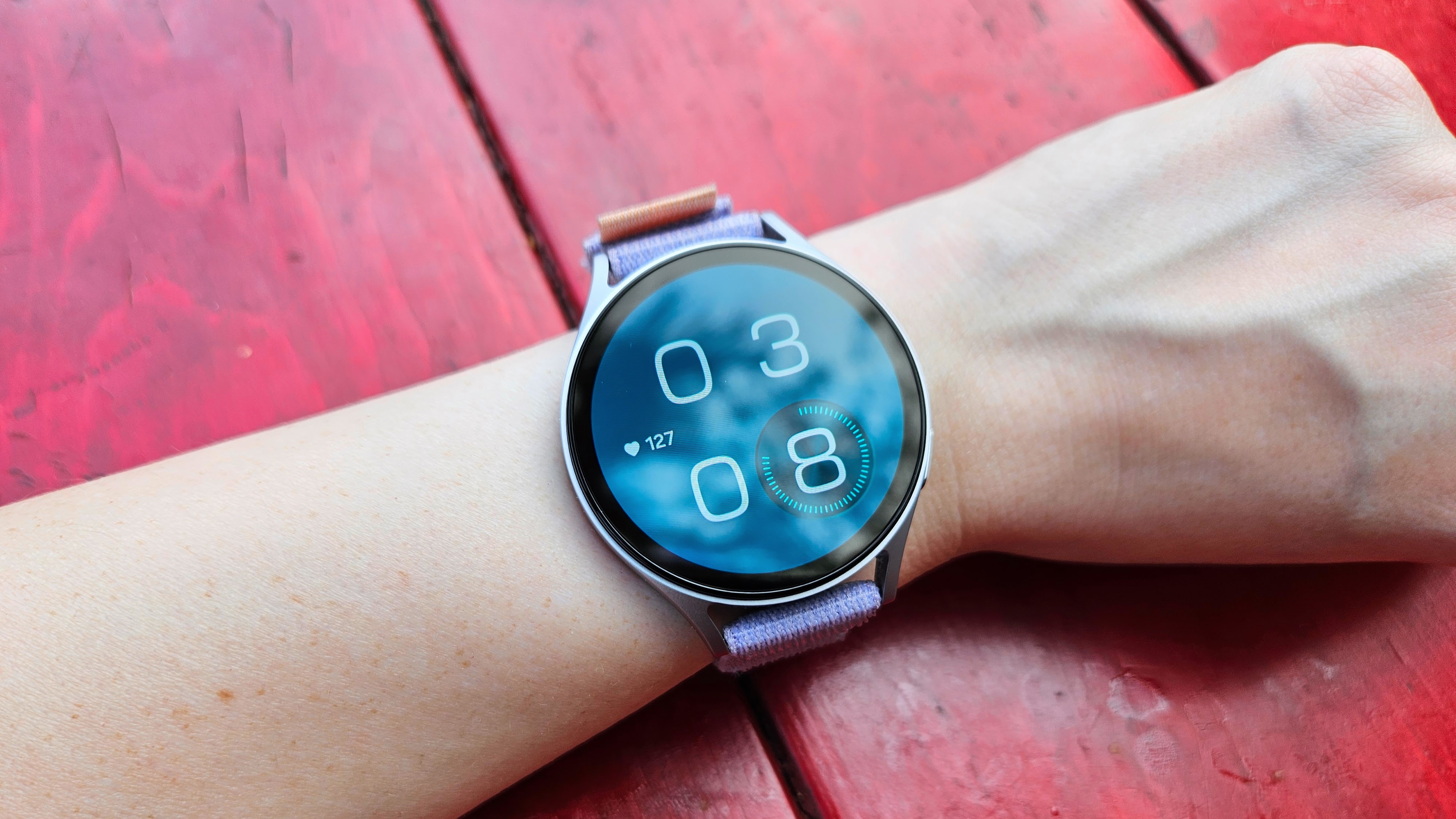
With the Galaxy Watch 8 launch still some time away, it’s hard to say that it will offer better value than the Galaxy Watch 7 just yet. All leaks and rumors so far point towards it being an incremental upgrade, which is to say, it will have a few new things, but nothing that would warrant trading in the Watch 7 for. If Samsung keeps the same pricing, it could very well be the best Samsung watch to buy in 2025 (provided you don’t already have the Watch 7).
If you don’t want to wait till July, I think you can confidently pick up the Galaxy Watch 7 today at a discounted price and be happy with it for the next few years. It doesn’t have any deal-breaking problems, should get good software support for the next few years, and it best complements your Samsung phone. The minimalist design is something I personally love, as you can adapt it to any attire with the right watch strap.
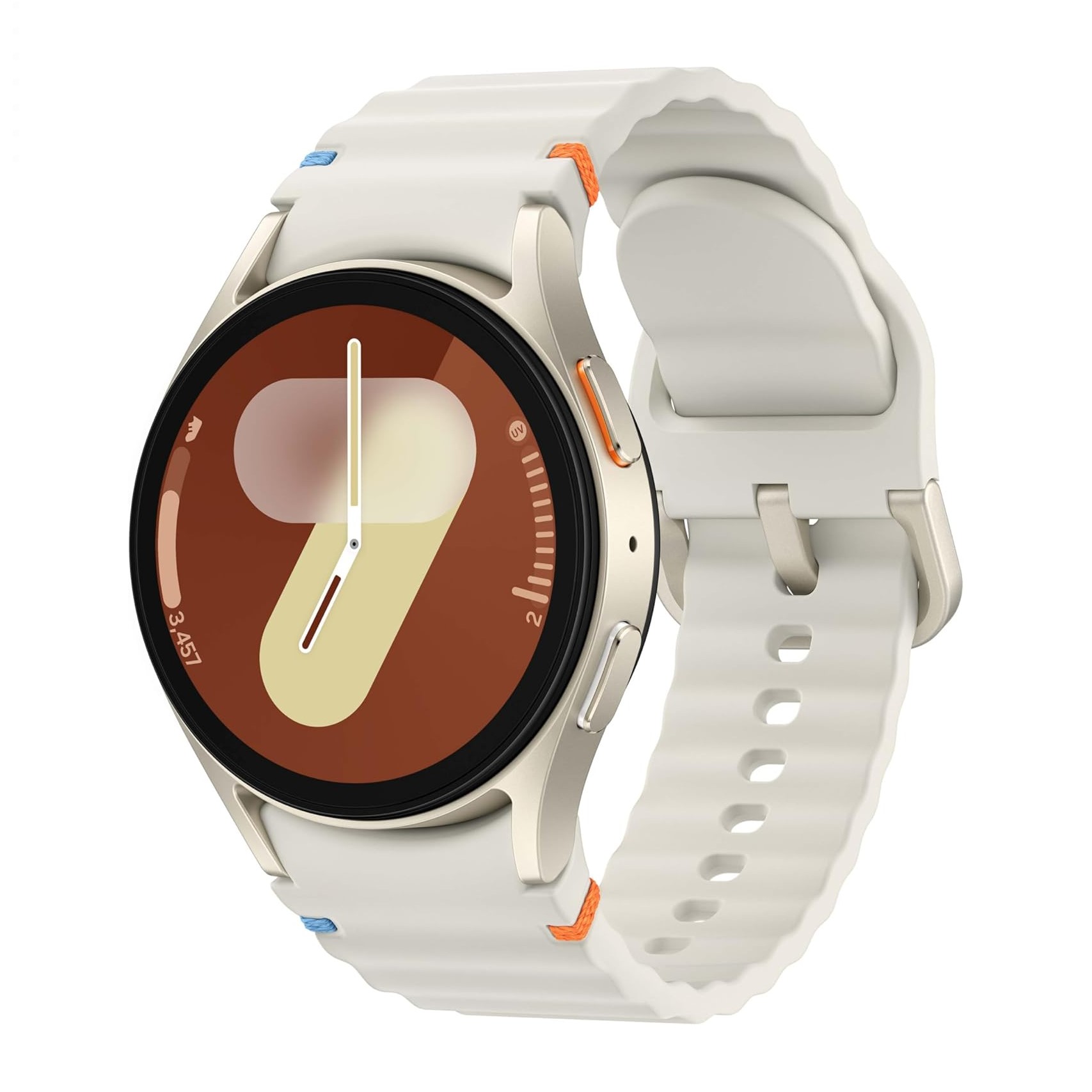
Samsung’s finest
The Galaxy Watch 7 is still a great choice even nearly a year after launch. The classic watch design, light weight, and great set of features make it a good choice for most Android users.

The newcomer
The Galaxy Watch 8 will most certianly have some exclusive features when it launches in 2025, but it might not be enough to justify upgrading from the Watch 7.
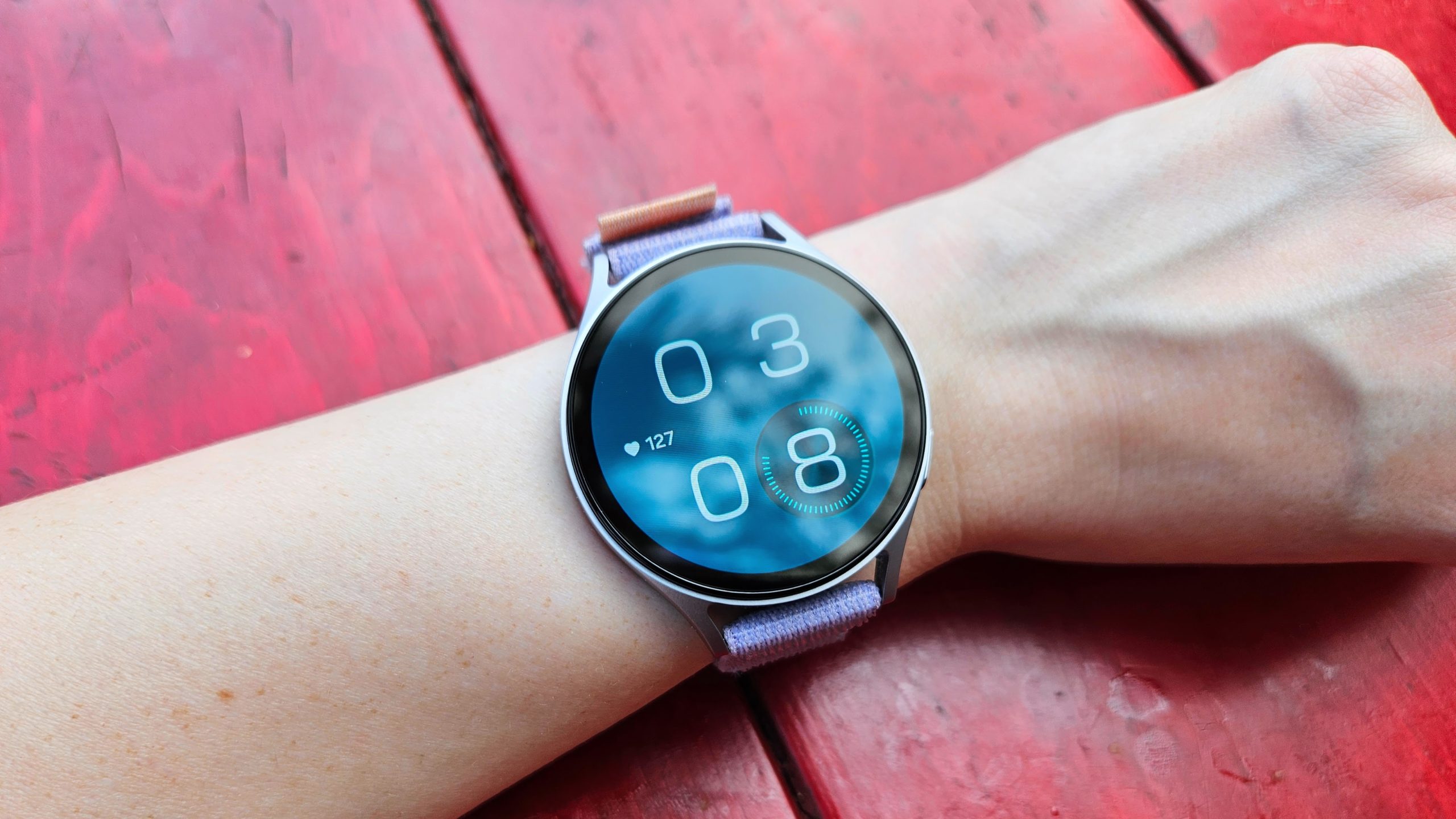
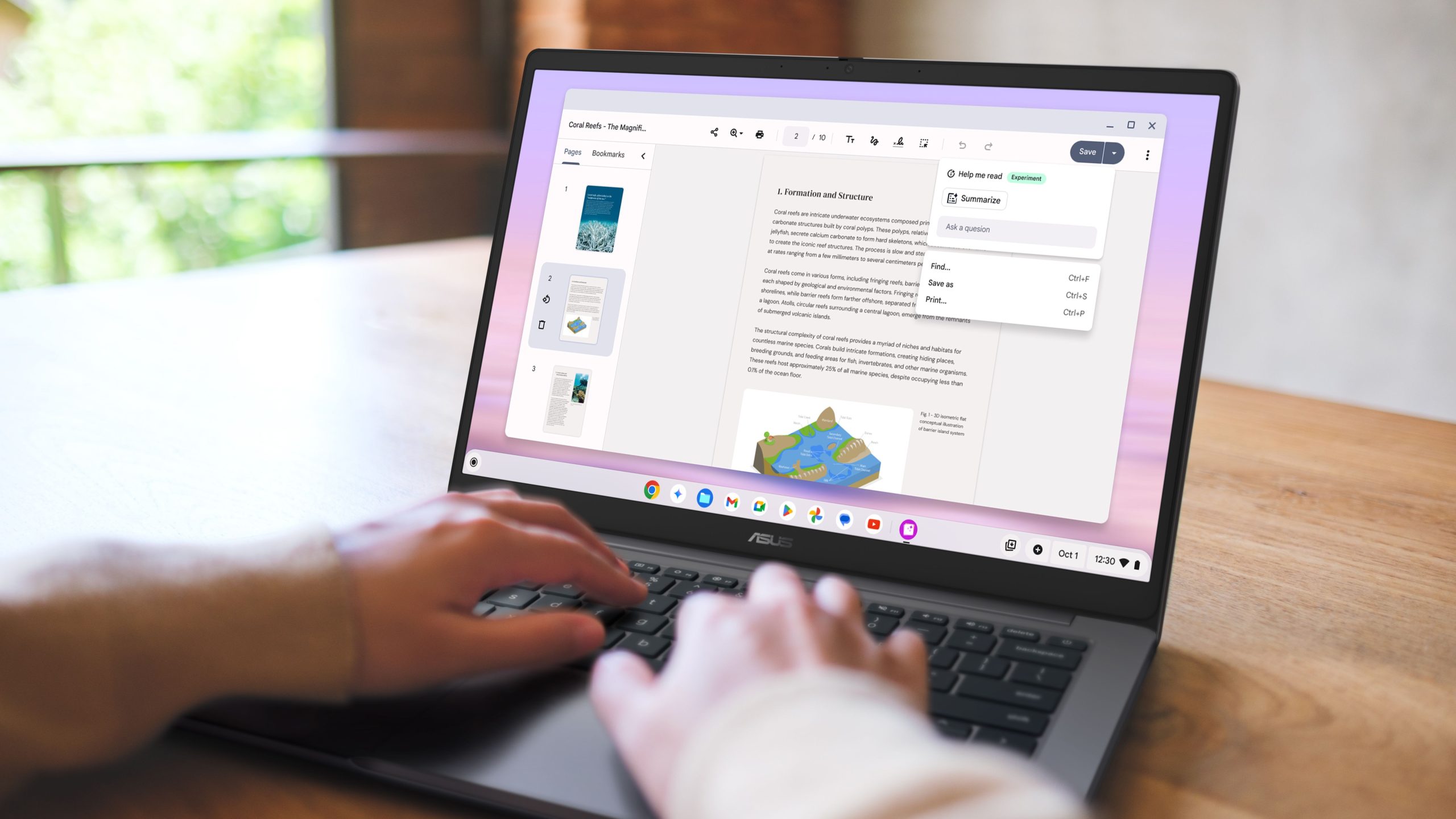
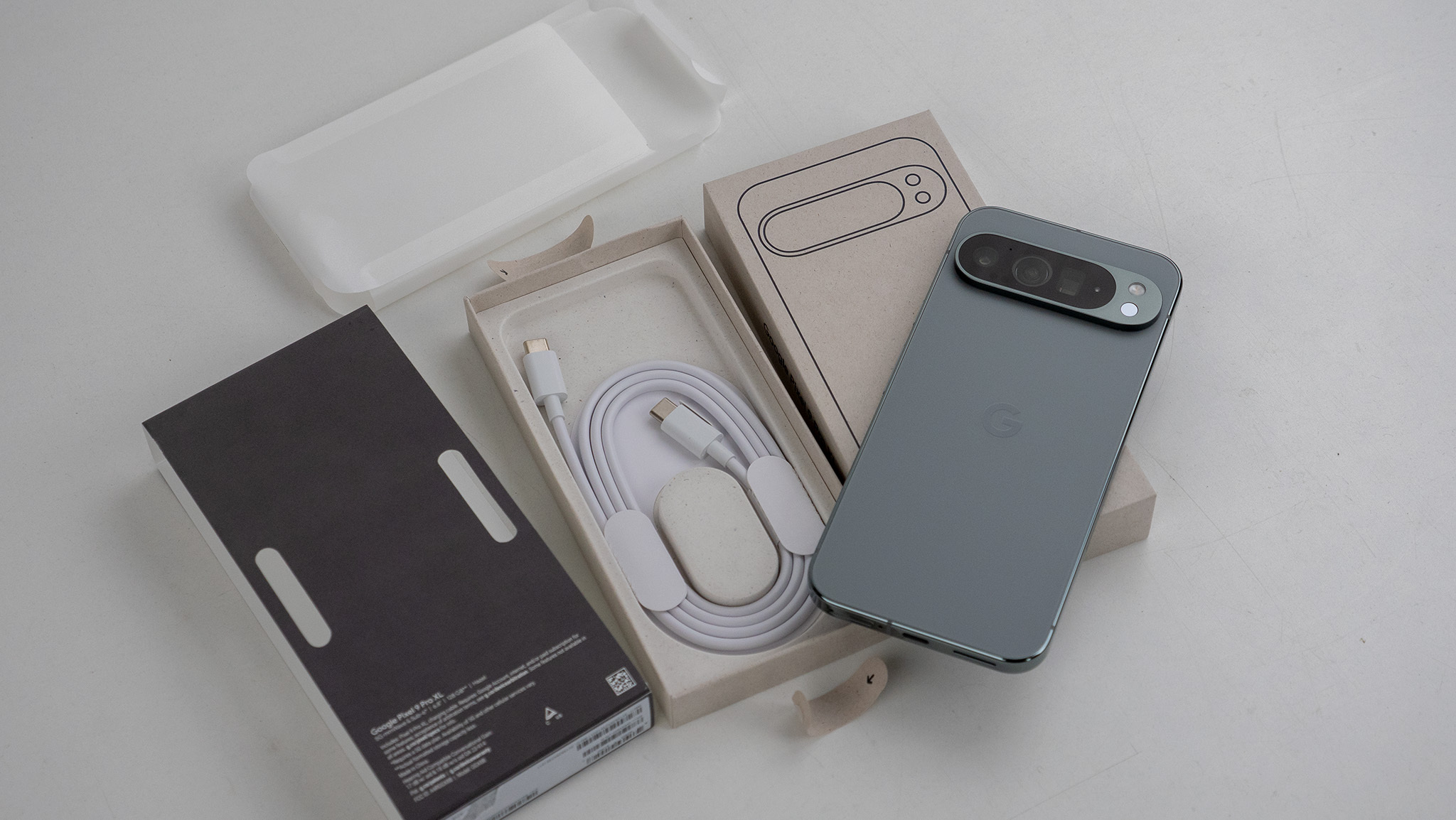
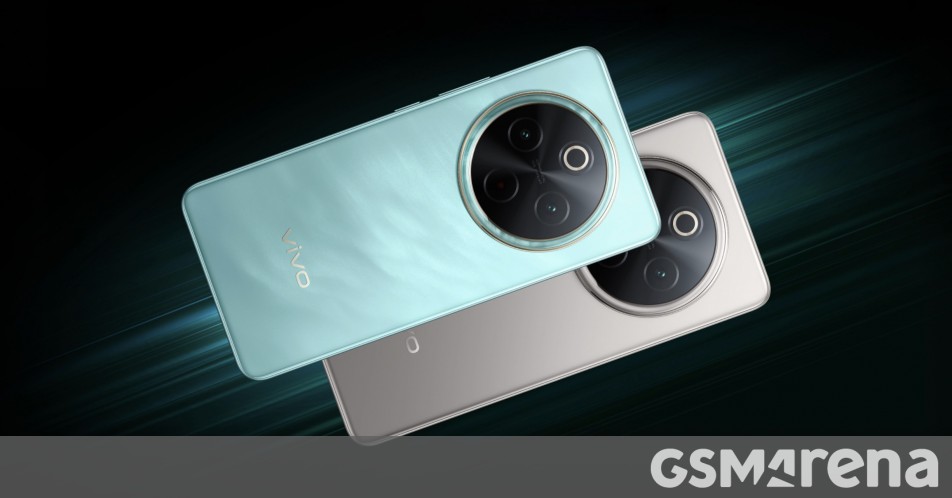


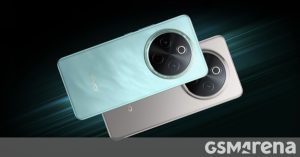

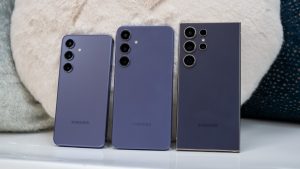
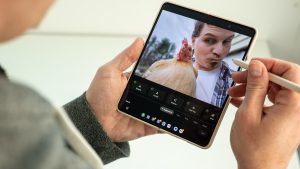
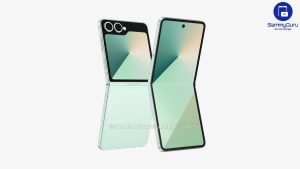

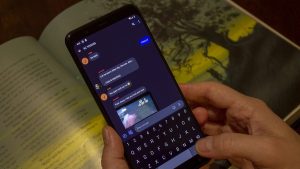
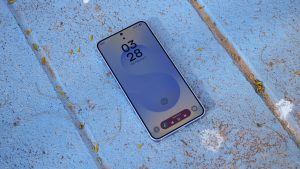
Post Comment